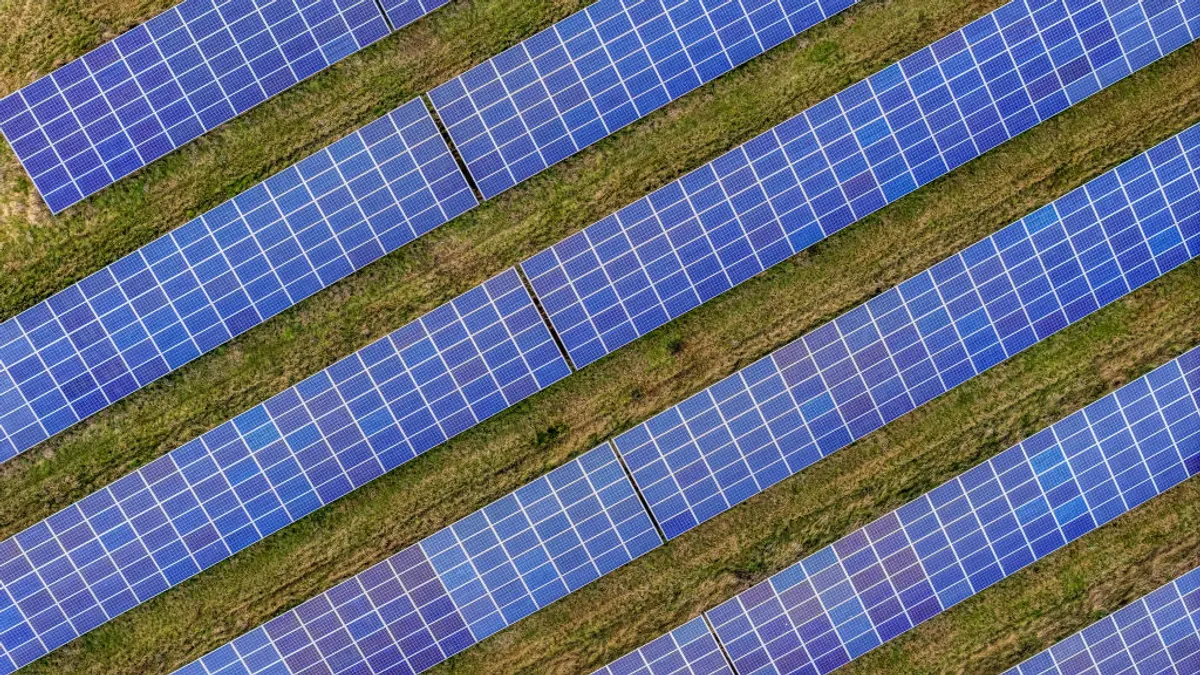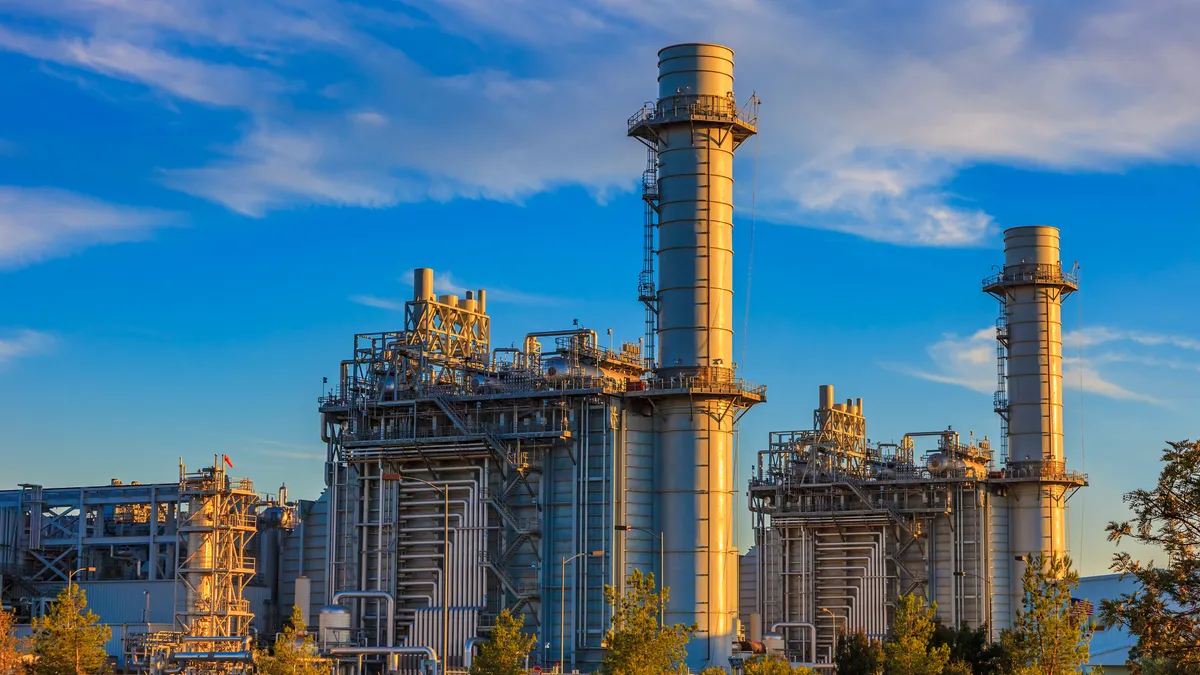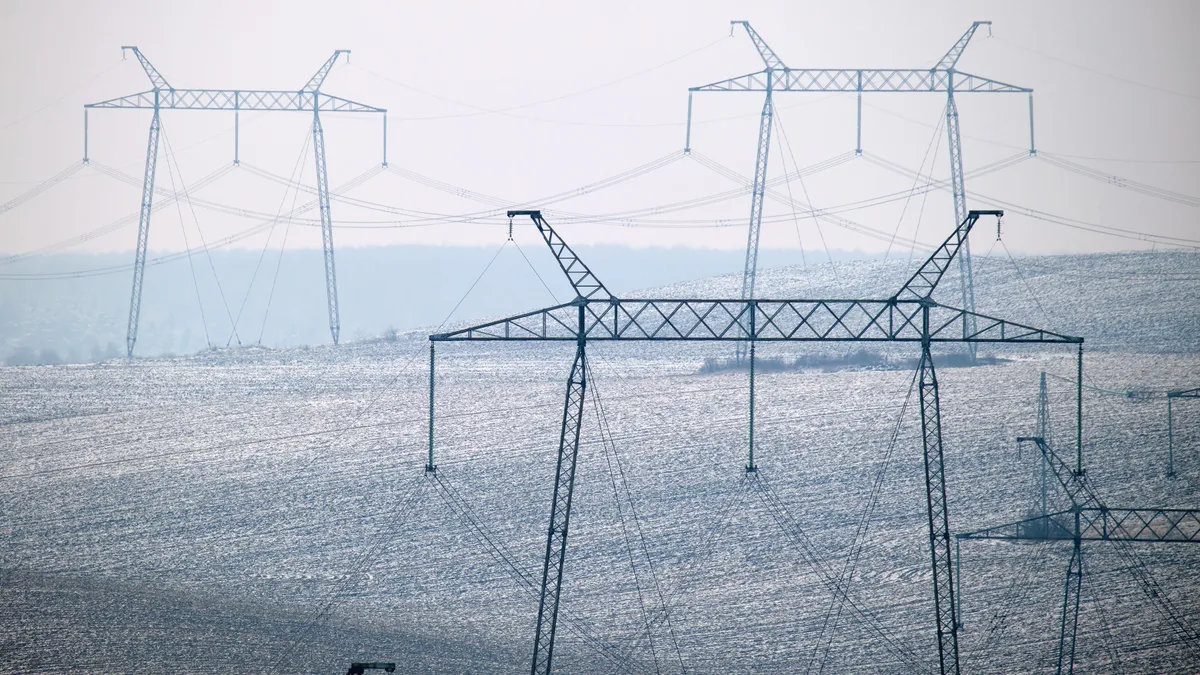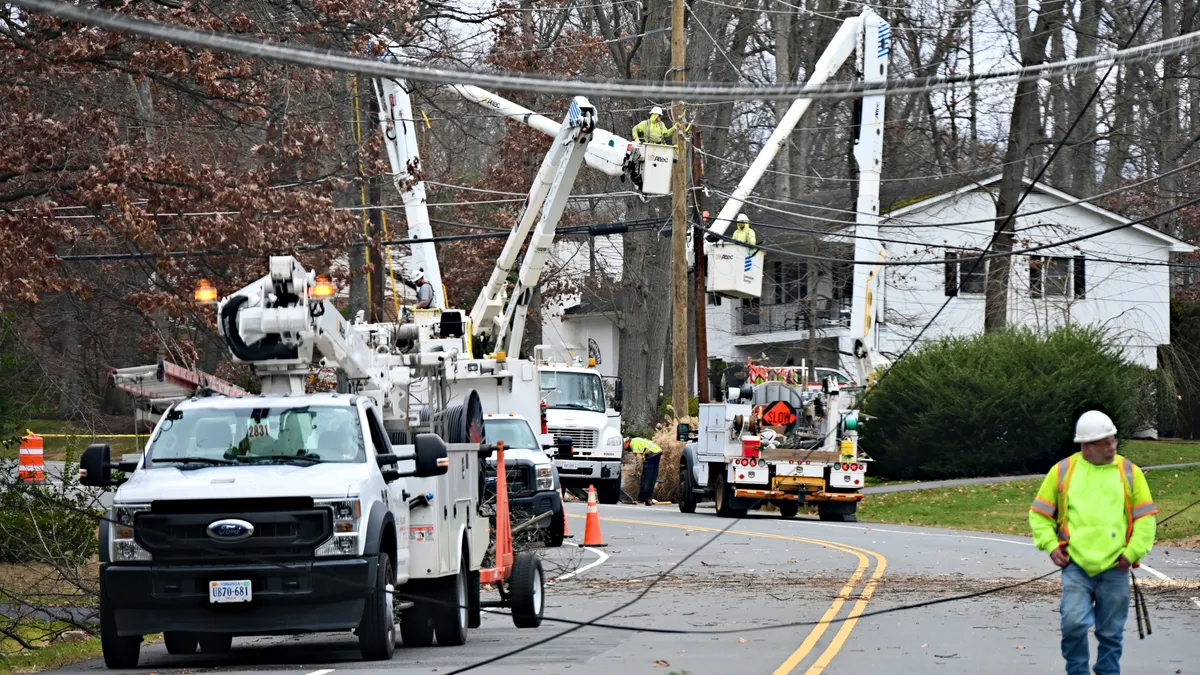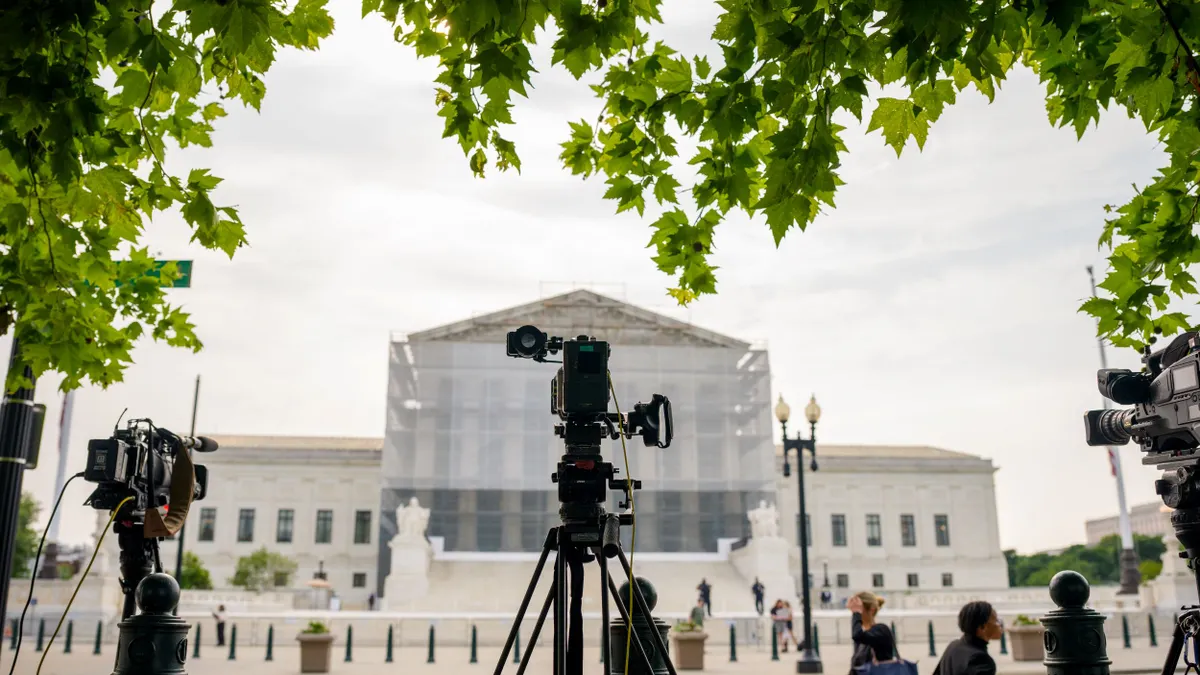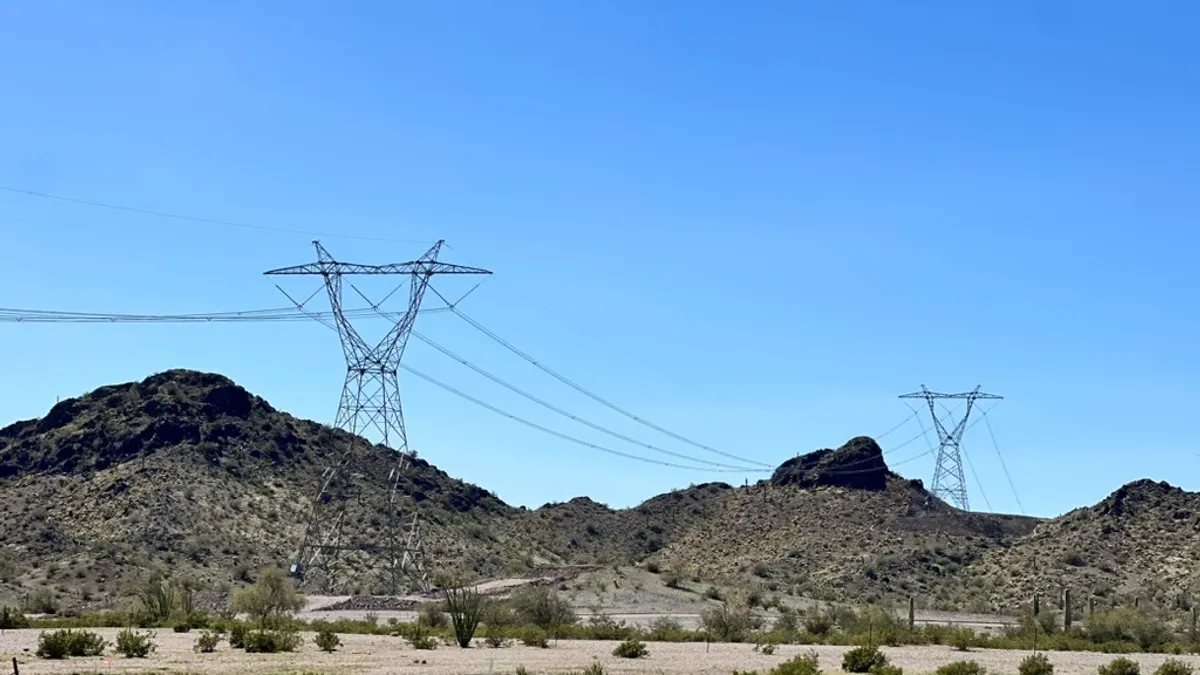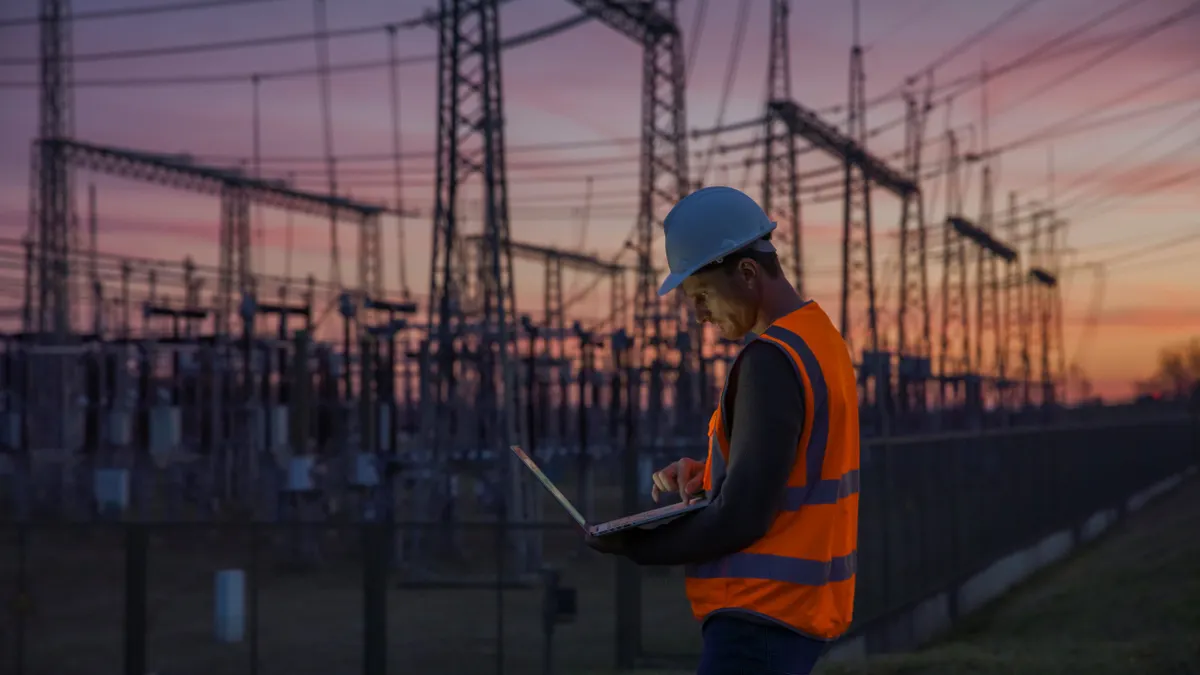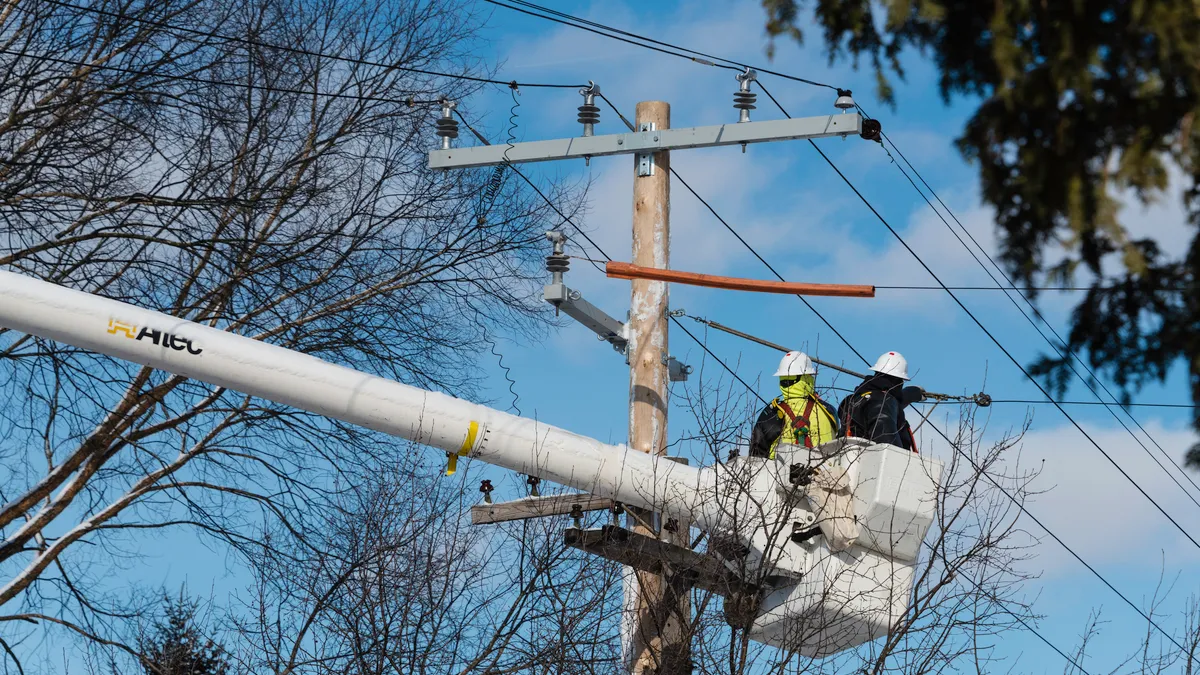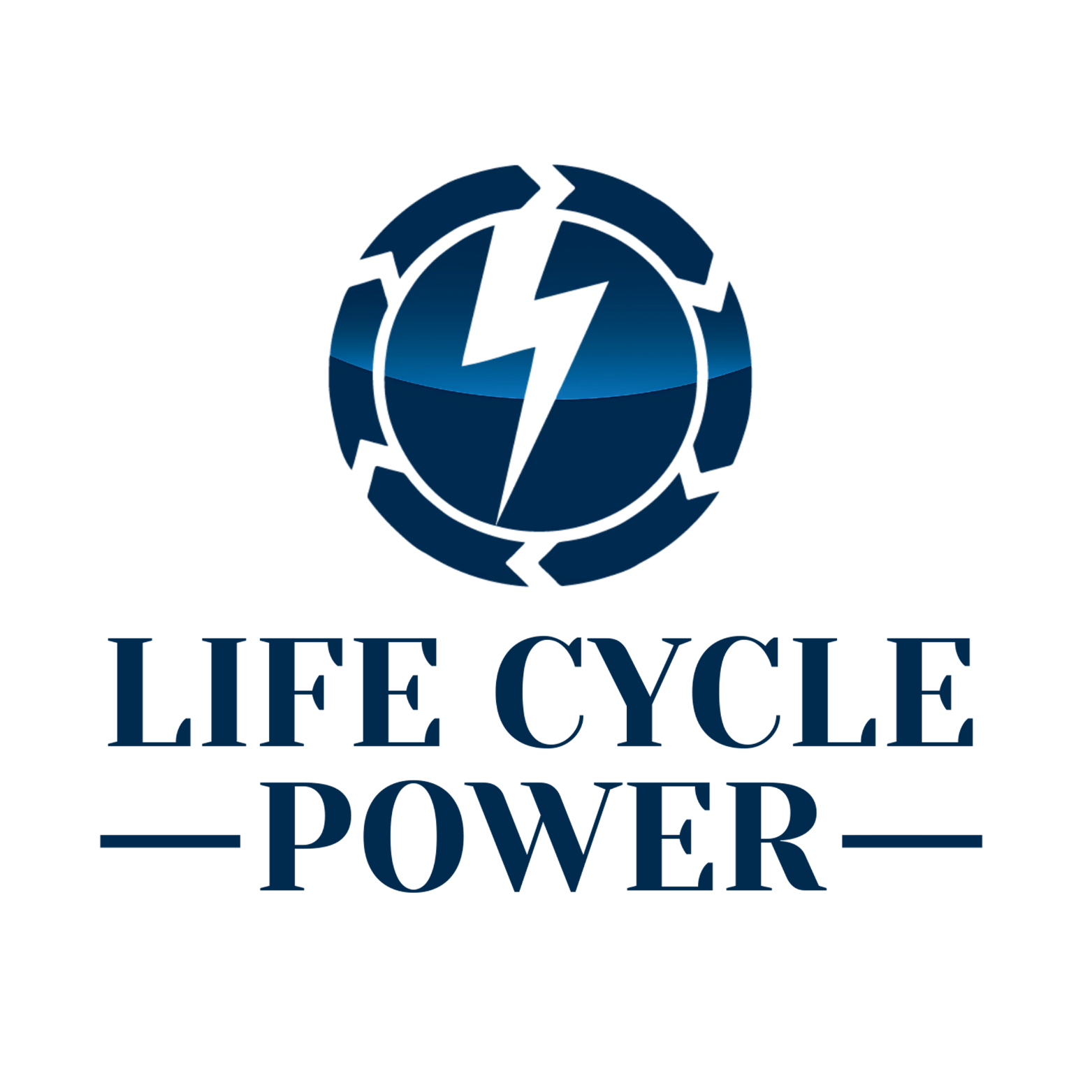The following is a contributed article by Mark A. Gabriel, administrator and CEO of the Western Area Power Administration.
As the nation moves toward greater levels of electrification while simultaneously decarbonizing the generation mix, there is widespread recognition that more transmission is needed to bring renewable energy resources from afar to the load centers where the population resides.
In addition to transferring intermittent resources to population centers, transmission is needed to connect the multitude of local dispatchable generation resources to balance supply when renewable resources are not available.
However, the closure of baseload generation and replacement with renewable resources is out of sync with the construction of new transmission needed to meet energy demand. Wind and solar farms can come online rather quickly, as can battery storage, but the timelines for building transmission absent contracts creates a mismatch in timing and hinders the financing of this critical infrastructure.
Despite repeated and urgent calls for more transmission, projects continue to stall. Large, multistate projects suffer the same fate as simpler transmission upgrades capable of carrying more capacity from point A to point B.
The purported reasons behind the recurring failure of transmission projects to get the green light are numerable and diverse: There is limited financing, environmental reviews and permitting can strangle projects in red tape, or a poor return on equity makes transmission an unprofitable venture for investors.
But the reason transmission is not being built has nothing to do with any of these popular issues.
Instead, changes in the marketplace may have raised the risk profile to unacceptable levels for traditional utilities, and some newer entrants may not yet have the long-term financial backing or experience to commit to decades necessary for transmission contracts.
That is not to dismiss the other reasons behind our nation's stumbling transmission buildup. Transmission is not an easy business; it does take time to obtain permits, it does require investment criteria be met and most importantly, it does require purchasers to arrange long-term offtake contracts to support the cost.
Offtake challenges
The permitting processes require significant effort, and those processes can be improved. But in many cases, the permitting time and cost pales in comparison to the sales cycle of getting offtake agreements for the power at the end of the line.
It certainly takes time for financing to be arranged, but there is plenty of capital available for transmission once a commitment is made for the power offtake. And returns on equity are important, but too often the deals hinge on the same simple fact: Investors have insufficient assurance that they will be paid back amid market uncertainty.
To provide a clear example, thanks to the foresight of Congress in 2009, Western Area Power Administration was granted a $3.25 billion borrowing authority to back the construction of transmission that supports renewable (and other) energy development in our 15-state service territory, which stretches from Iowa to California, and Canada to Mexico. In the 11 years since, we have funded the construction of two transmission projects and the development of a third. There are at least eight other projects in the wings, stalled — not for money, or red tape or return on equity, but due to the lack of offtake partners and demand for the power.
As a large transmission entity that is part of the federal government, we know how to build, permit and manage transmission projects. Yet, even after gaining rights of way, preparing records of decision and completing design and engineering, most projects languish for lack of demand by utilities.
You might assume it is the utilities' fault, but investor uncertainty lies at the heart of the problem. This is especially the case in California where the future of the traditional electric industry lies in doubt. Not the future of demand, but the future of the supplier of choice.
The current business model that rests everything on a unit of measure — the kilowatt-hour — and is in decline among the majority of utilities of every sort, disincentivizes investments in transmission infrastructure since the surety of repayment is in question.
The irony is that the low-carbon future rests on more transmission to increase electrification, move valuable renewable resources to market and support storage needs. The secret to making this work is a new vision for long-term financial guarantees and commitment to strengthening the critical backbone of this nation.
There is a three-step process to achieving this vision:
- Regulations should be reformed to allow investor-owned utilities and independent transmission developers to guarantee the repayment of transmission investment over multiple decades.
- For public power entities and rural electric cooperatives, local and national governments should provide the financial backstop for transmission investments.
- A new financial instrument, potentially a state- or federally-guaranteed bond, needs to be created.
Bottom line: We know how to build transmission; we know how to get it permitted; we know how to finance it. What we need is a guarantee of repayment. Only then can we build the transmission integral to a new energy revolution.
Editor's Note: This opinion piece has been modified to provide additional clarity around newer entrants to the generation and transmission marketplace.



